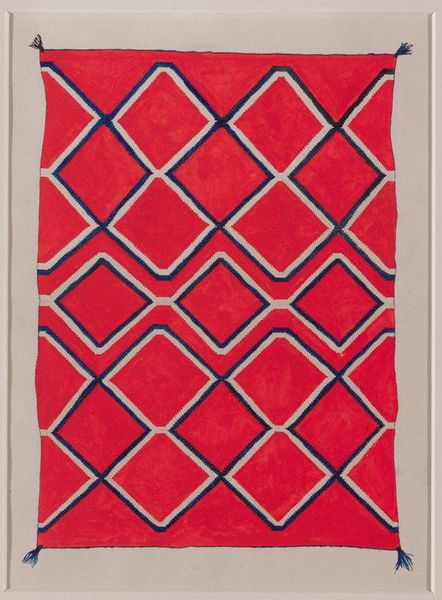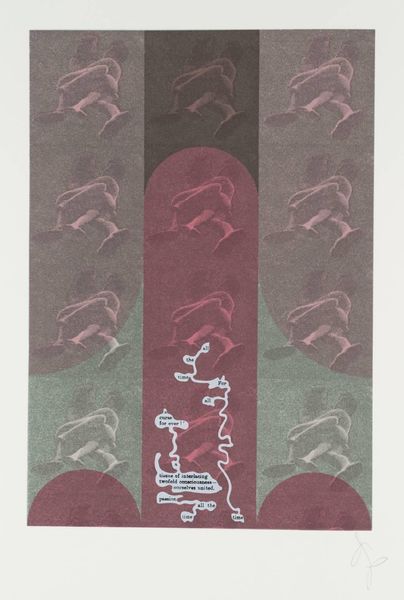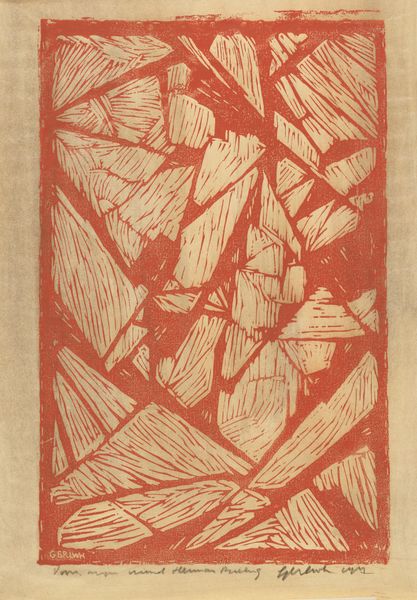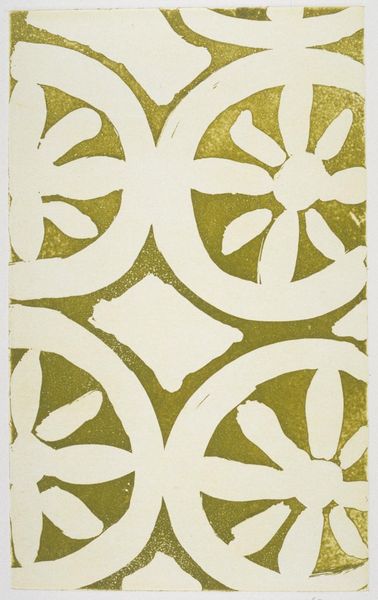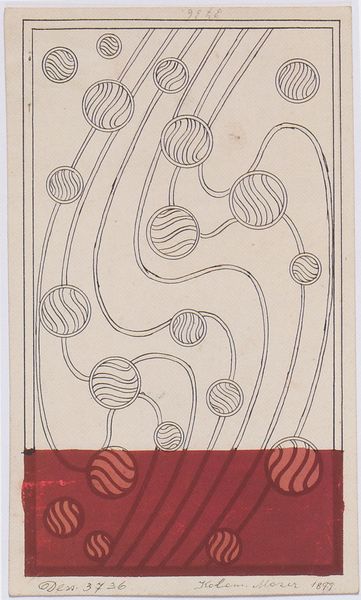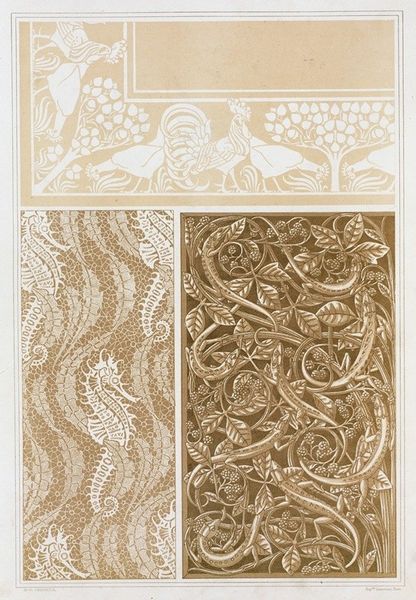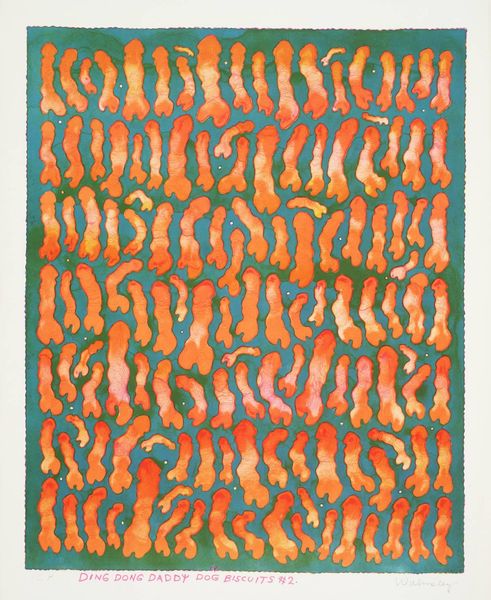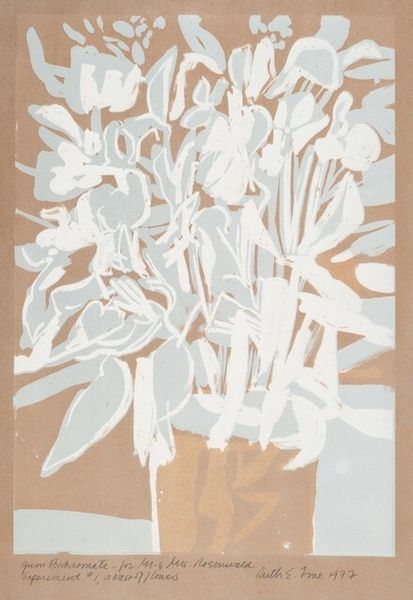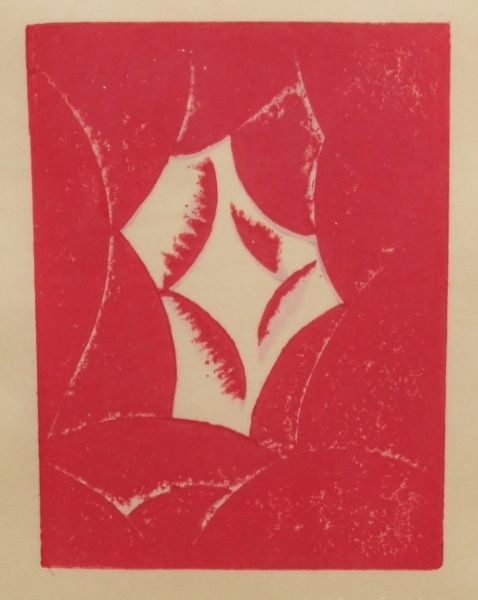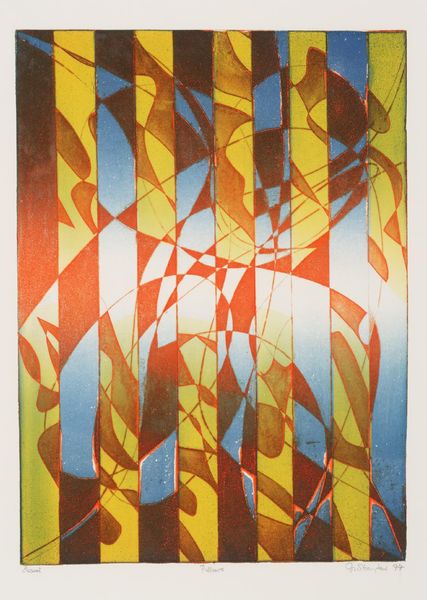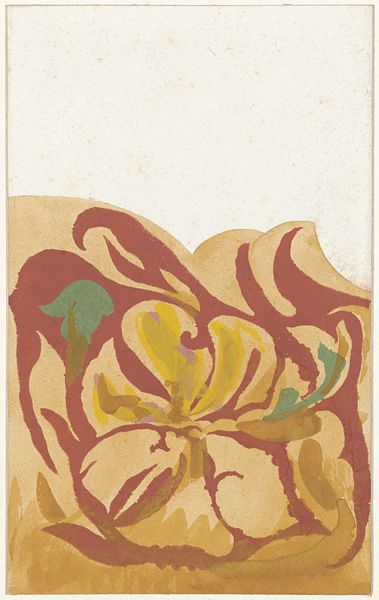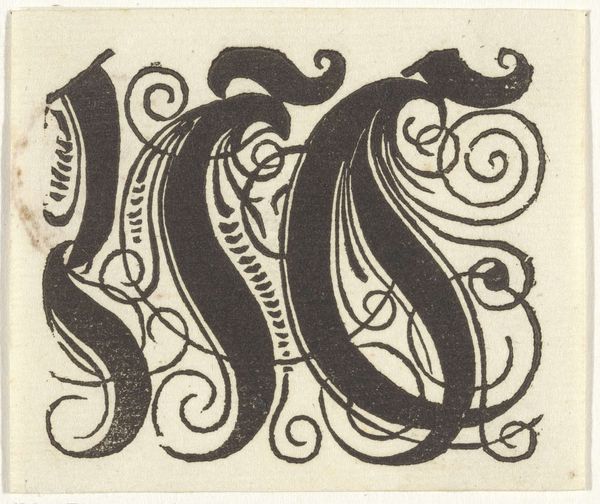
graphic-art, print, linocut
graphic-art
linocut
abstract
linocut print
geometric
modernism
Copyright: National Gallery of Art: CC0 1.0
Curator: This compelling work is titled “60”, a linocut print by Joan Rosenwald Scott. Given the abstract nature of its design and lack of specific dating, contextualizing it within Scott’s larger artistic practice becomes essential. Editor: My first impression is warmth, surprisingly so given the cool, almost mathematical forms. It’s inviting and energetic. Curator: Precisely. Consider the institutional history of printmaking. Its accessibility lent itself to social movements, making art democratic and available beyond the elite. How do you see that reflected, or not reflected, here? Editor: The boldness of the printmaking technique does speak to that democratic spirit. It lacks the fussy perfection often associated with other art forms. The color choices feel decidedly modernist. However, the absence of explicit social commentary is also a notable choice. Curator: Do you think this is intentional, part of a broader artistic vision of resisting easy categorization within overtly political art movements? Many abstract artists prioritized formal experimentation and aesthetic experience. Editor: Absolutely, there could be a deliberate effort to engage on a purely visual plane. We need to remember that Modernism itself was often responding to social upheavals in implicit ways. What is it about this work makes you drawn to it from the historical angle? Curator: The interplay between artistic expression and societal function—where does art reside in this spectrum? Joan Rosenwald Scott has given us a chance to really think on the way art pieces can trigger a plethora of different emotions or thoughts to different viewer profiles. Editor: This makes it particularly relevant for contemporary viewers constantly navigating the intersection of personal and political expression. Food for thought for us all.
Comments
No comments
Be the first to comment and join the conversation on the ultimate creative platform.

